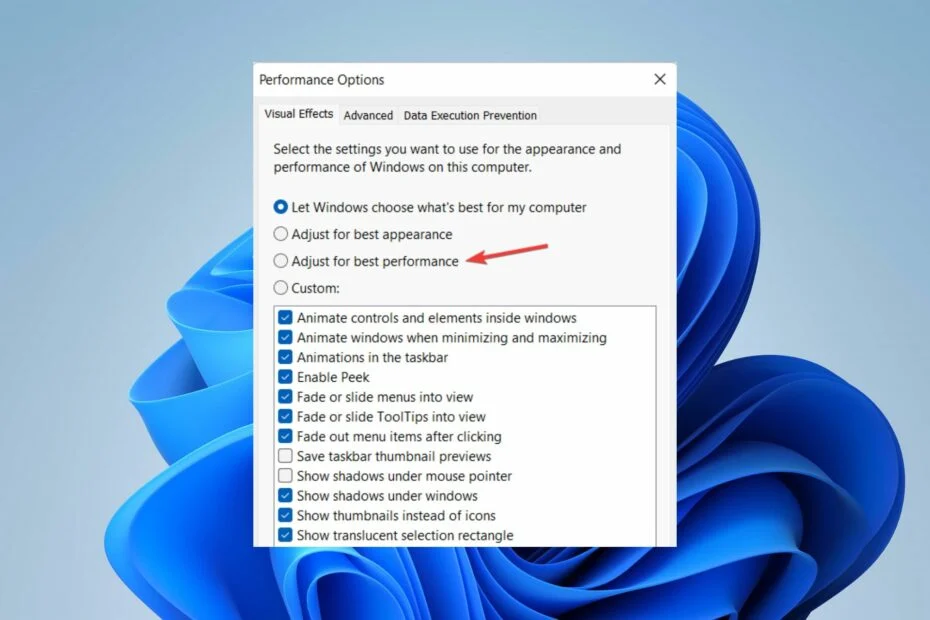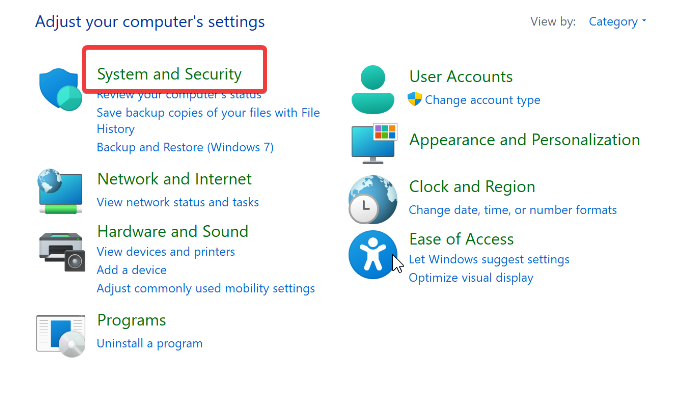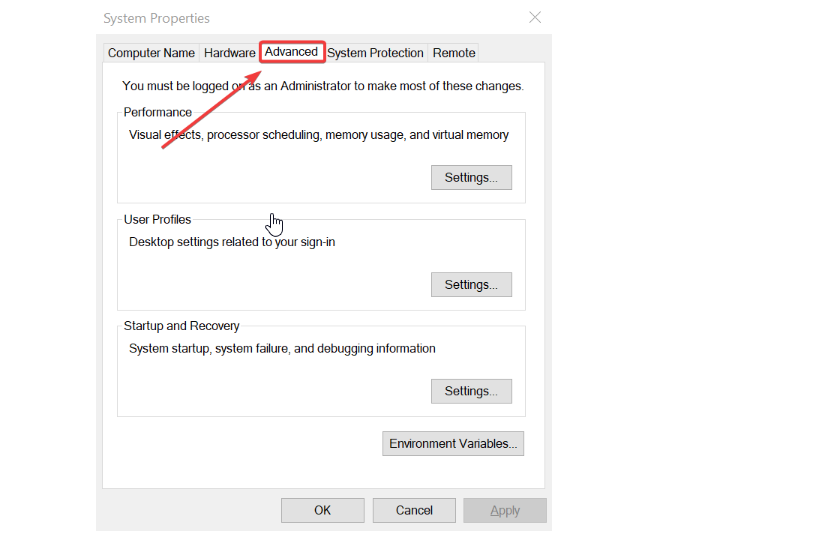Server-based systems have become very popular and famous over the years as they provide versatile user features and almost all OSes support server-based features. Moreover, with the internet becoming very powerful and vast, every other website provides applications and programs on a server-based platform that can be used from any device. Well, this being a very versatile system, even OSes have started to implement the system allowing users to port their profiles and other settings on a server-based system with ease. So, here, we are about to discuss the Roaming Profile feature available on Windows 11 which can be enabled and disabled with ease. Hop on to learn more.

Well, Windows OSes are well known for their server OSes. Even today Windows server OSes are used almost everywhere to run server computers. Moreover, Microsoft has a separate dedicated system for running the servers efficiently and this is providing Microsoft an upper hand in offering server OSes to its users. So, with server features available, users who need this feature can enable or opt for a dedicated server system and access the fully futuristic functions over the platform.
Recommended Post:- Fixed: Bluetooth Mouse Keeps Disconnecting on Windows 11
With this being the case, the Windows OS provides users with different options and functions that allow the user to access the server-based features. One of the features that are notably used by many users is the account profile.
Types of User Profile
- Local user profile. A local user profile is created when a user logs on to the computer for the first time. Profiles are stored on your computer’s local hard drive. Changes to local user profiles apply only to the user and the computer to which the changes are applied.
- The Roaming user: It is Profile is a copy of the local profile that is copied and stored on the server share. This profile is downloaded to each computer to which the user connects on a network. When the user logs out, changes made to the roaming user’s profile are synchronized with the profile server version. The advantage of roaming user profiles is that users do not have to create a profile on every computer they use on the network.

- User profile required. A mandatory user profile is a type of profile that administrators can use to specify user settings. Only system administrators can edit required user profiles. Changes to desktop settings are lost when users log off.
- Temporary user profile. Whenever an error condition prevents the user profile from loading, a temporary profile is issued. Temporary profiles are deleted at the end of each session and user changes to desktop settings and files are lost when the user logs out.
How to check whether the Roaming Profile is Enabled
- Open the control panel using the search option in the taskbar.
- Here, go to the system and security.
- Here on the systems tab, go to advanced system settings.
- Here, click on the settings and then in the user profile tab, check if the roaming profile is enabled.
Why use a Roaming Profile on Windows 11
- The main reason roaming profiles are useful is that they help maintain a consistent experience for people who need to use different workstations. There is no learning curve for the new desktop as the user interface is the same.

- With roaming profiles, your computer downloads files during the login process. So when you open a profile on a new PC, the profile is the same, so you don’t have to worry about losing data between different versions of the file.
- It’s simpler to replace a computer because all the user’s files are on a network instead of a hard drive. With all the data on the server, you can easily retrieve it on any computer from anywhere.
Why not use a Roaming Profile on Windows 11
- Roaming profiles should download files every time the user logs in. This immediately increases the network traffic and thus increases the login time as the files take longer to load. This is a big problem for companies with many employees, especially since files are stored on a local server, which makes roaming profiles ineffective for remote users.
- Synchronizing files between different workstations is an attractive idea, but if you have a lot of files, it will take a long time for roaming profiles to load. Files can also get corrupted during this process, so you need different types of backups for your files.
- Microsoft introduced the roaming profiles feature in 1993 with Windows NT and Improvements have been made over the years, but the rapid improvement of technology has overwhelmed roaming profiles except in situations where a purely local area network is required. Some of the newer technologies that have pushed roaming profiles aside are virtual desktops and cloud servers.
Simple Method to Disable the Roaming Profile on Windows 11
So, here is how you can disable the roaming profile on your Windows 11.

- First go to the start option, here select the administrative tools.
- Now, select the group policy management from the list.
- Now, go to the computer configuration and select administrative templates.
- Now, click on the system user profiles.
- Now, enable only allow local user profiles and prevent roaming profile changes from propagation to the server options.
Hope the information provided above was helpful and informative, with the simple method for disabling the Roaming profile on Windows 11, you can easily disable the option.







